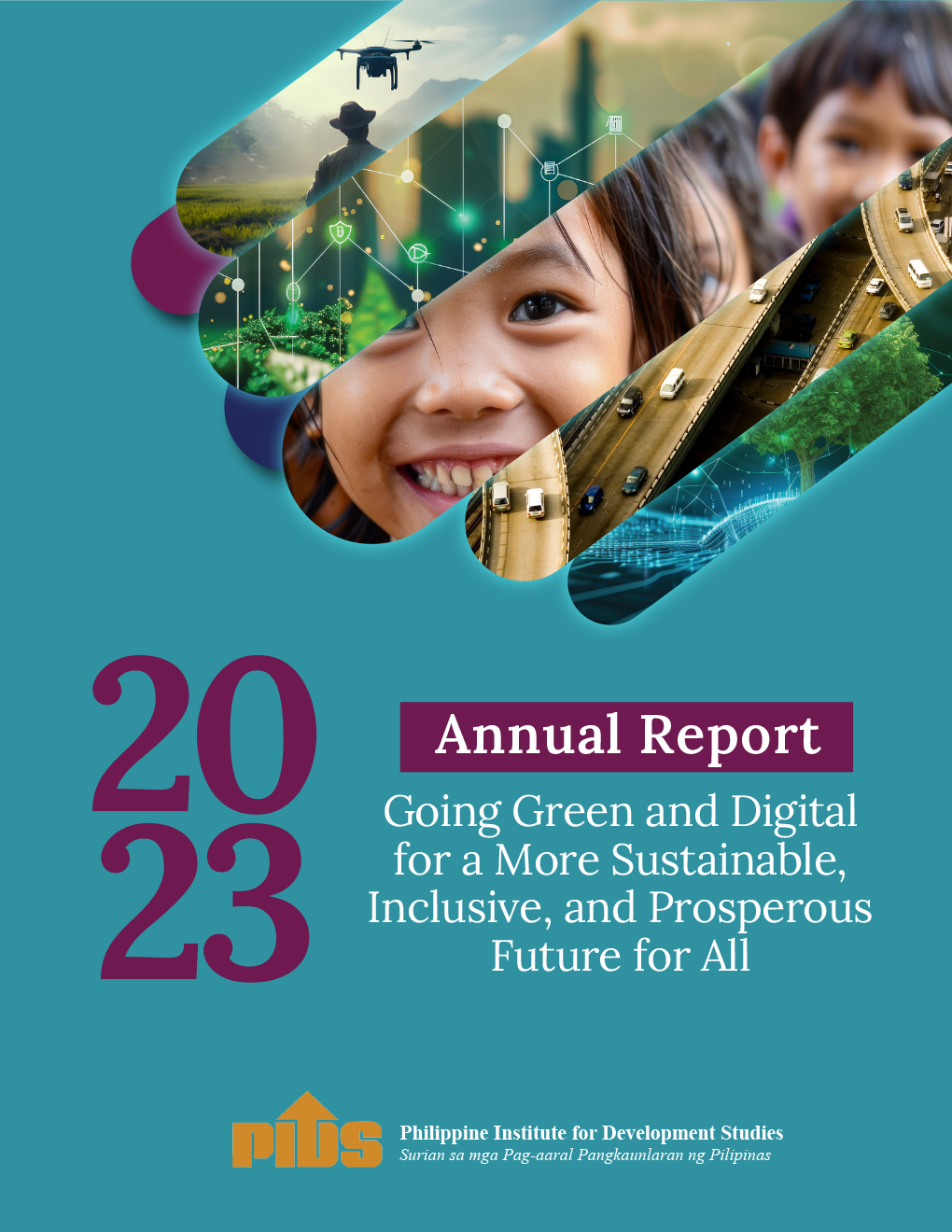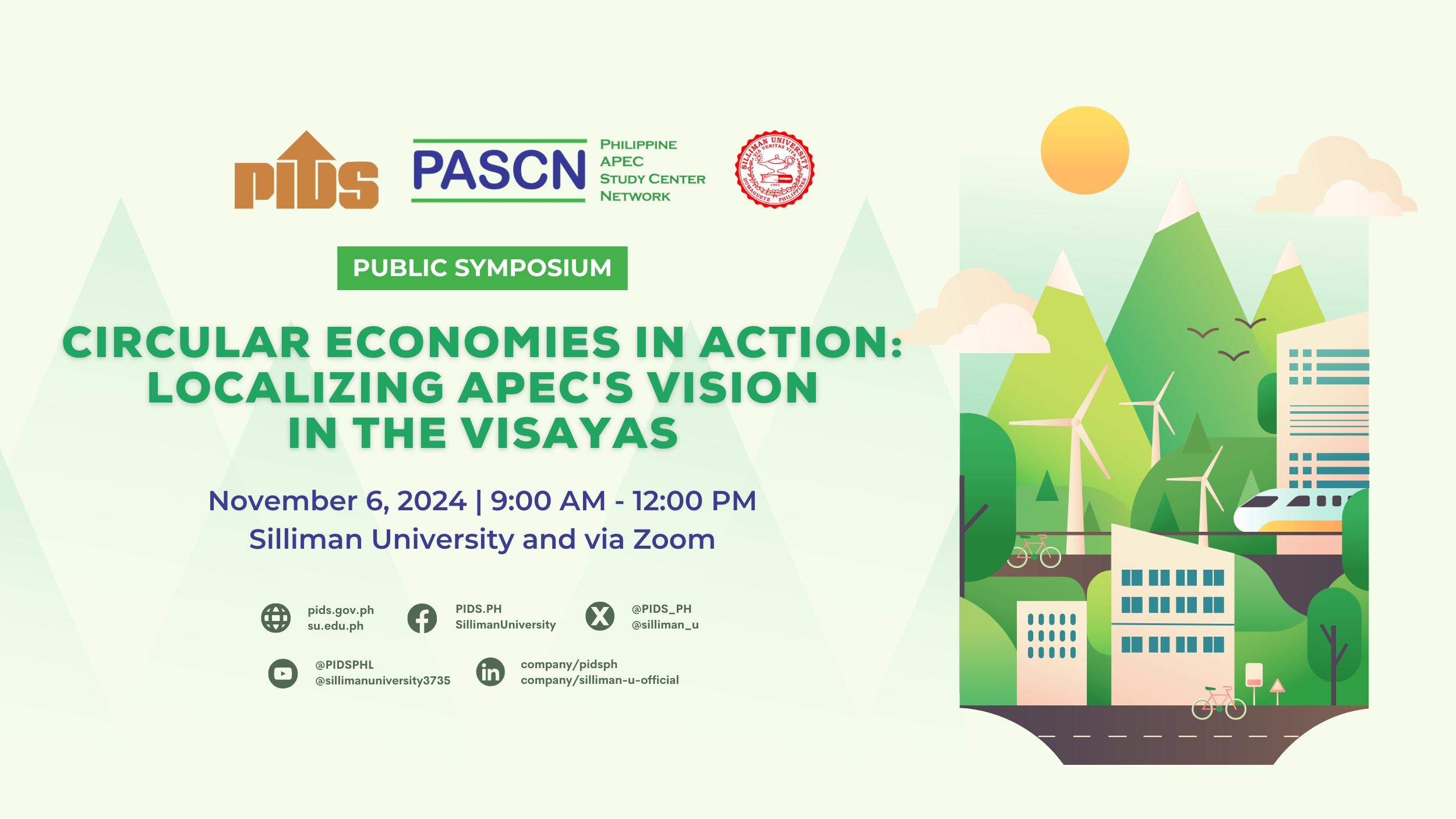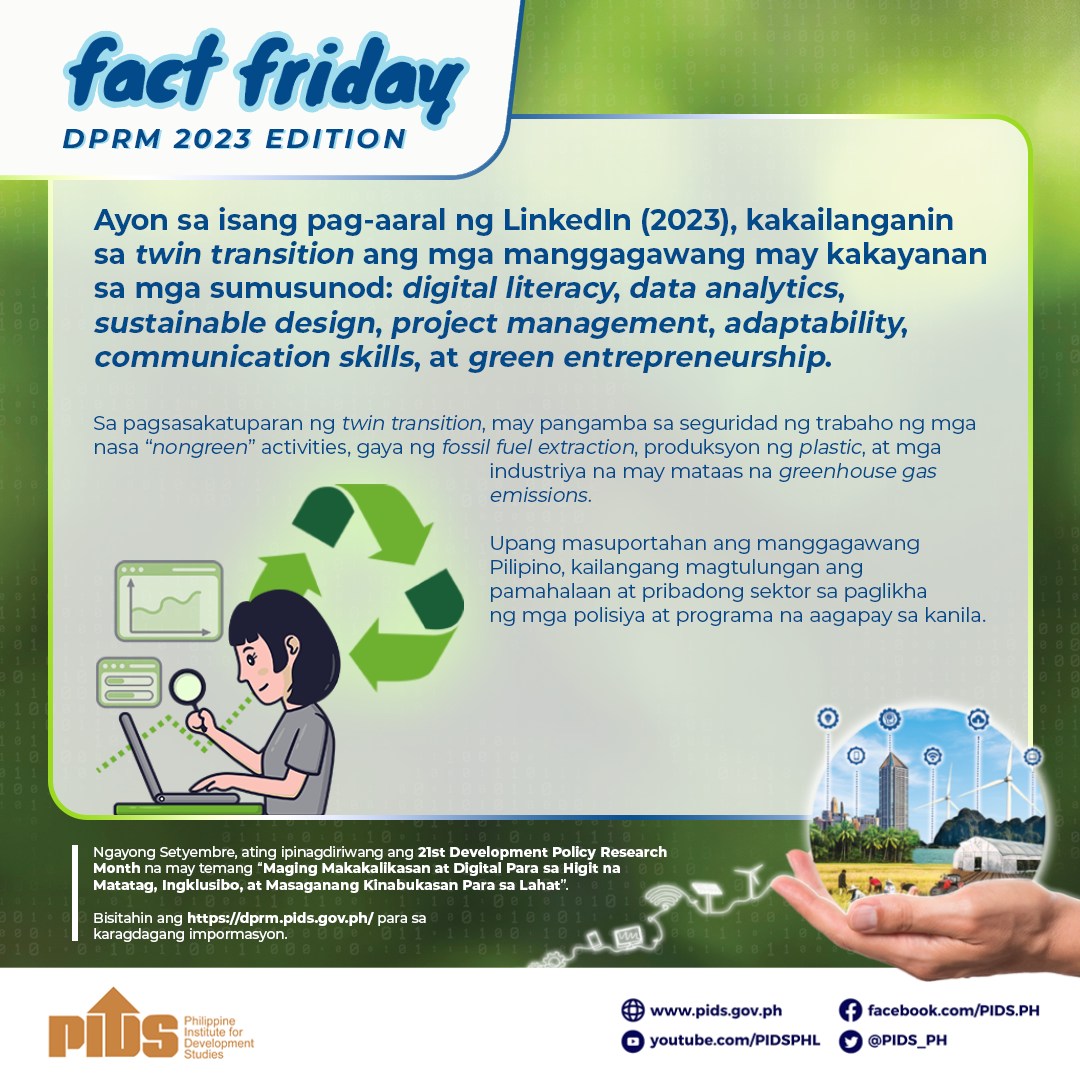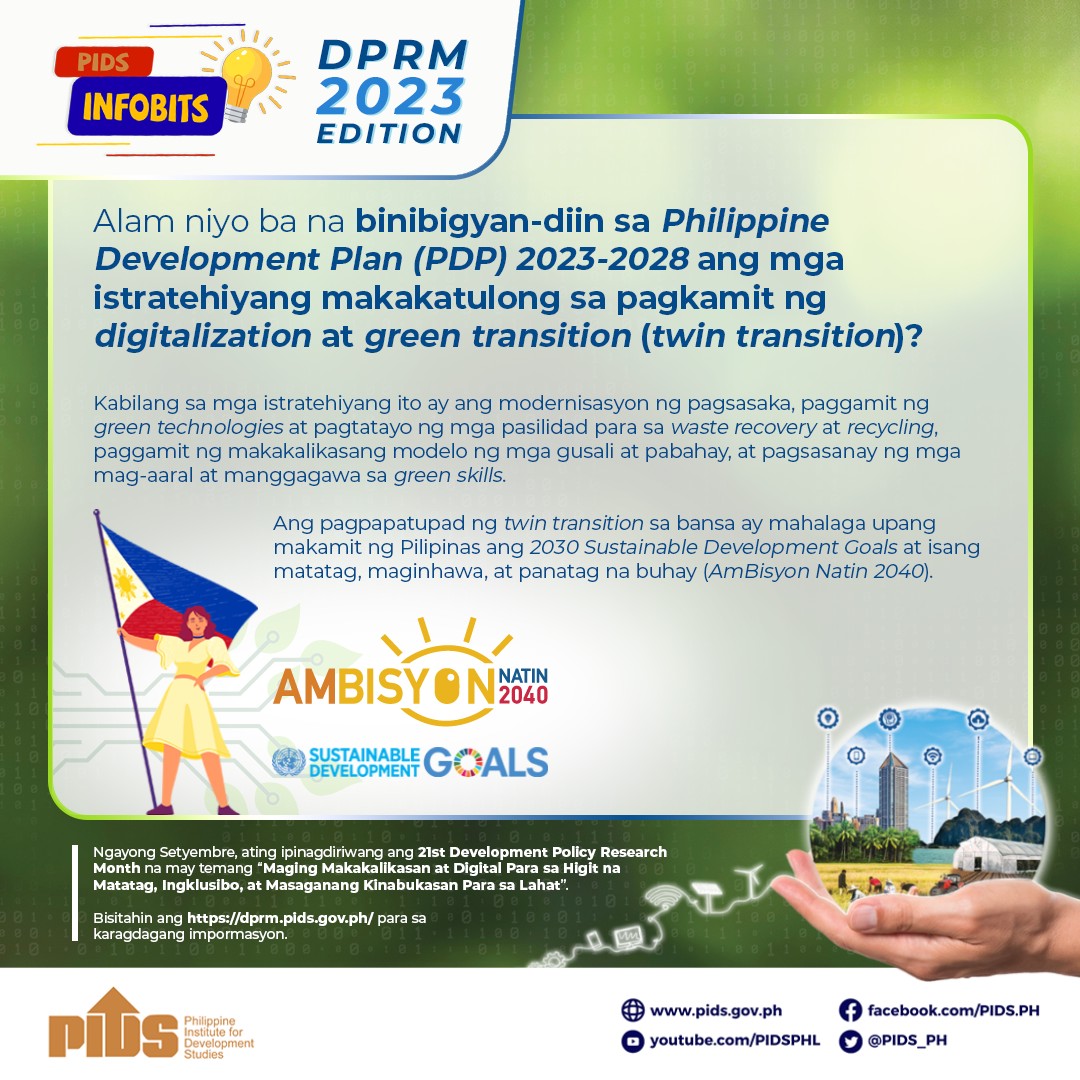Metro Manila (CNN Philippines) – Francis Garcia is an engineer in a small company that imports solar cells and assembles them into lighting systems for homes and remote communities.
The company also makes solar-powered trays which are cleaner alternatives for farmers who dry grains on the road. It's a product developed by his companions in a Filipino inventors' cooperative.
But he admitted that few Filipino households can afford these products. The installation cost for home systems alone can exceed a million pesos.
Garcia added that tariffs for solar cells keep prices high.
"Mataas pa talaga, nasa 20% pa. So nangyayari, siyempre when you have taxes, ipapasa mo rin yan sa mga buyer."
In June, President Aquino signed Executive Order 185 to lower tariffs on environmental goods and services to 5% or less by the end of the year. It was a move to ease the burden on solar power producers and consumers.
"We have committed ourselves to liberalize the entry of 54 environmental goods, and so far we are doing excellent with that,” said Department of Foreign Affairs Undersecretary Laura del Rosario, who is Senior Officials' Meeting chair of the 2015 Asia-Pacific Economic Cooperation [APEC] forum.
According to The APEC List of Environmental Goods, "APEC Leaders set an ambitious target – to develop a list of environmental goods (EG) which contribute to green growth and sustainable development, and to reduce applied tariffs on these goods to 5 percent or less by 2015."
All member economies of the APEC have made this commitment in line with the forum's goal to spur investment in environmental goods and services – and promote green growth in the region.
These goods include renewable energy equipment, waste recycling systems, and pollution meters.
According to APEC's Policy Support Unit, around $545.6 billion worth of economic goods and services is traded around the world.
Of this figure, the share of APEC members is nearly 60% – and the value continues to grow each year by 15.5% on average.
Citing solar power as an example, an economist said lower tariffs will benefit Filipino consumers and producers.
"Lower tariffs means lower prices for electricity consumers because on the part of producers, the cost of generating solar power will also go down,” said Ernesto Pernia, Professor Emeritus of the University of the Philippines School of Economics.
For his part, Garcia said that lower production costs will motivate producers to reduce costs – and encourage greater investment in solar power: "Immediately talagang maibababa namin yan."
"Mas bumaba yung price mo mas maraming ma-eenganyo gumamit ng solar power system”
But it’s not all good news. In a report, the Philippine Institute for Development Studies warned that "the initiative would favor free-riders in that non-members could enjoy lower tariffs without reducing their own barriers."
Economies outside APEC might benefit from lower tariffs even if they don’t reduce their own barriers – known as a free-rider problem.
"By the Most-Favored-Nation (MFN) principle of the GATT [General Agreements on Tariffs and Trade], all tariff cuts negotiated within APEC must be extended to non-members," the report added.
Under an international trade rule, all tariff cuts negotiated within APEC must also be extended to non-members.
But Pernia said that this is no cause for concern.
"I don’t think that is something to worry about, because even if that happens, the benefits will not be diminished… Suppose the Philippines imports from countries that are not members of APEC, then producers and consumers in the Philippines would benefit from lower tariffs, too.”
It's still a long way to go before solar power – and other sources of renewable energy – can make a substantial contribution to the country's energy needs.
But companies like Garcia's can look forward to a viable venture with lower tariffs for environmental goods to begin with.//
APEC targets green growth through lower tariffs on environmental goods












